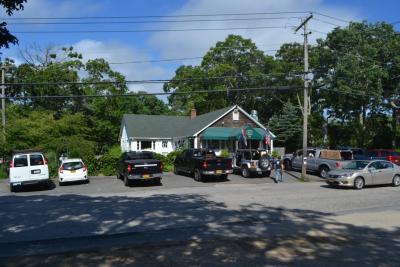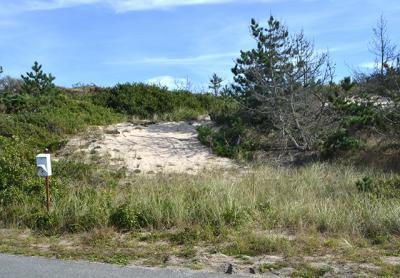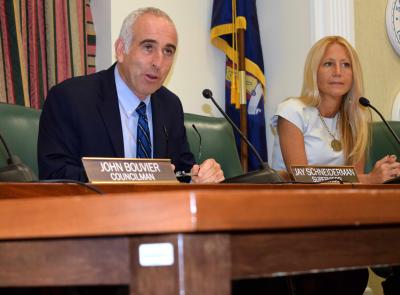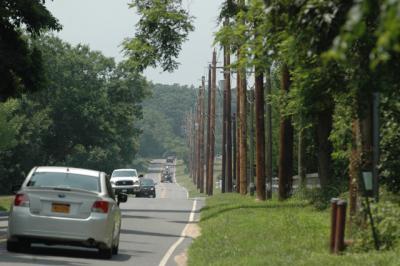Scalloping Looks Bad
Scalloping Looks Bad
The East Hampton Town Trustees have designated Nov. 13 as the opening day for harvesting bay scallops in waters under their jurisdiction. The announcement was made in a resolution issued by the trustees’ office on Tuesday. The designation applies to both commercial and recreational scallopers.
Though the town code states that scallops may be taken from the third Monday in October, the trustees typically wait until one week after first Monday of November, when the harvest is authorized in state waters. The trustees expressed hope in the resolution that the Nov. 13 start would provide additional time for scallops to spawn.
As was the case last year, the hotly anticipated delicacy’s harvest is expected to be disappointing. “Scallop season is coming,” Francis Bock, clerk of the trustees, told his colleagues at their meeting on Friday. “We always hear that they’re thin.” He proposed that the harvest open in trustee waters on Nov. 13, a Sunday, rather than the following day because the town code prohibits the taking of scallops by use of a dredge or other powered device on Sundays. That, he said, “will give everybody a chance to go out and get a few before dredges hit them on Monday.”
Barley Dunne, director of the town’s shellfish hatchery, which seeds town waterways with new shellfish each year, gave a poor assessment of the scallop harvest yesterday. “It’s not looking real good,” he said. “It’s hard to say why, exactly. We know it’s cyclical, but there was a lot of rust tide” this year. “That could be part of it.” Rust tide, or Cochlodinium, is not harmful to humans, but can be harmful to shellfish and finfish.
There are signs of scallops’ spawning and survival this year, Mr. Dunne said, but a lack of safe habitat may be a factor. “A lot of these harbors are like desert — no submerged aquatic vegetation. . . . Predators are coming along and picking them off.”
Town residents over the age of 12 must possess a commercial or personal (noncommercial) permit to take shellfish. Permits can be obtained at the town clerk’s office. In trustee waters, the limit for commercial permitees is five bushels per day.
In the resolution, the trustees also called commerical harvesters’ attention to the fact that the bushel bags they sell must be utilized in harvesting all shellfish, including scallops. Bushel bags cost $1 and are available at the trustees’ office in the Donald Lamb Building on Bluff Road in Amagansett.




